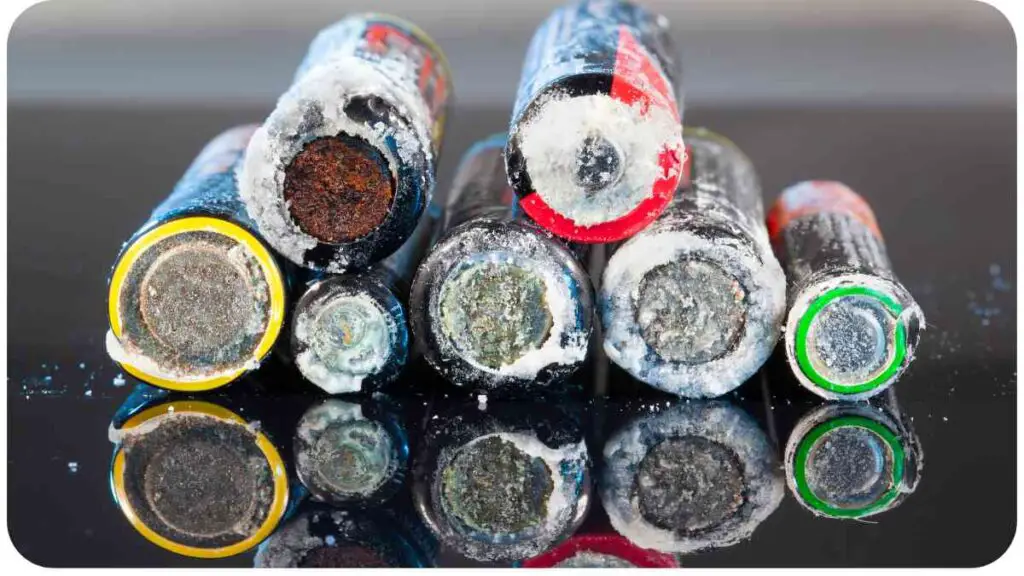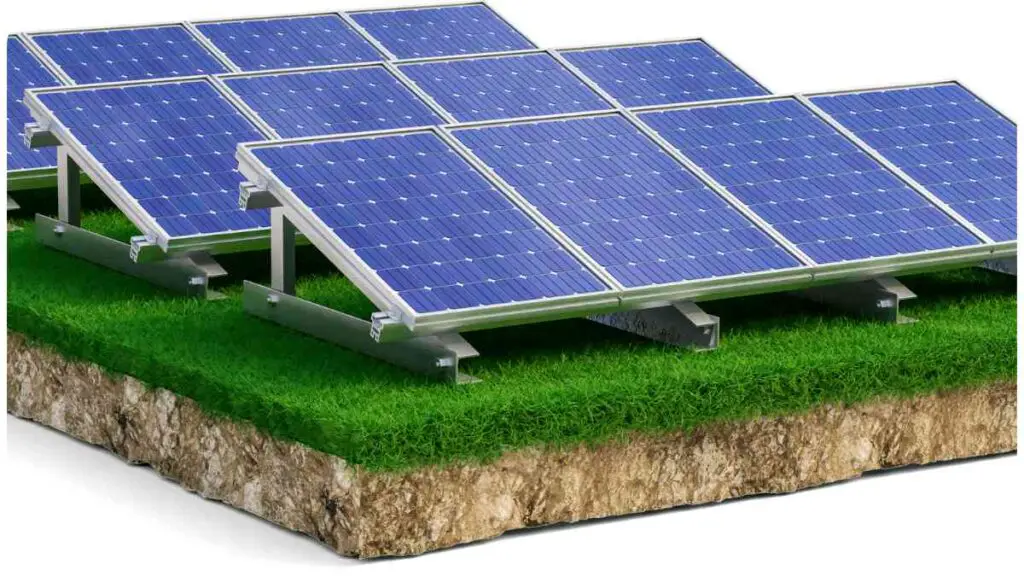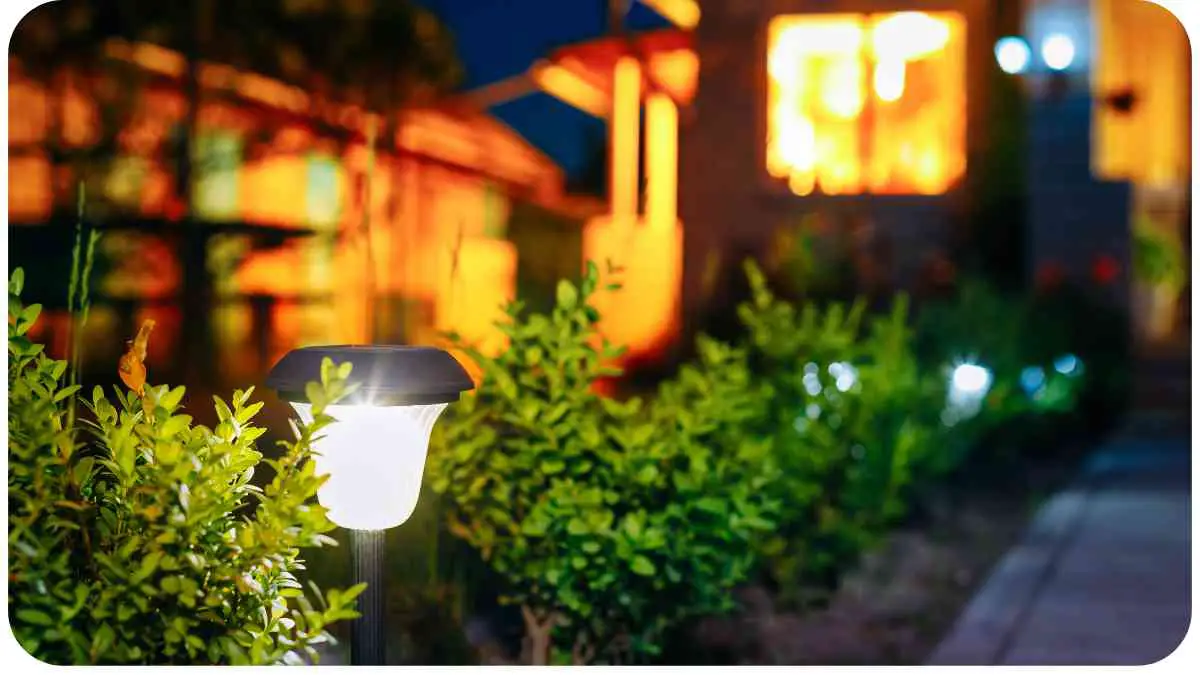Welcome to the comprehensive guide on troubleshooting and fixing solar garden lights. As a seasoned professional in the field, I understand the frustration of having non-functional solar lights. In this article, we will delve into the common issues, DIY troubleshooting steps, professional tips, and even real-life case studies to help you revive your solar garden lights effectively.
| Takeaway |
|---|
| Regularly check and replace batteries to ensure optimal performance. |
| Clean solar panels monthly to enhance sunlight absorption and efficiency. |
| Consider upgrading to high-lumen LED bulbs for improved brightness. |
| Optimize sunlight exposure by placing lights in areas with adequate sun exposure. |
| Follow a systematic DIY troubleshooting approach before considering professional assistance. |
| Reputable brands matter when replacing components like batteries and LED bulbs. |
| Implement a regular maintenance schedule, including seasonal checks and cleaning. |
| Responsibly dispose of old solar light components through recycling or donation to reduce environmental impact. |
| Explore additional resources for in-depth guidance on fixing solar lights. |
| Keep a proactive approach to troubleshooting to extend the life of your solar garden lights and enjoy eco-friendly outdoor lighting. |
Common Issues with Solar Garden Lights
Battery Problems
Solar garden lights often face battery issues, causing them to lose power quickly. To better understand the available options, let’s compare popular solar light batteries.
Elevate your living space with sustainable choices, embracing green home decor. Discover the positive impact on both your lifestyle and the environment through eco-friendly design elements.
Battery Problems

Table: Comparison of Popular Solar Light Batteries
| Battery Type | Capacity | Lifespan | Pros | Cons |
| NiMH (Nickel-Metal Hydride) | High | Moderate | Environmentally friendly, good capacity | Limited lifespan, sensitive to temperature |
| Li-ion (Lithium-ion) | Very High | Long | Lightweight, long lifespan | Expensive, can be damaged by overcharging |
Now, let’s discuss how to address battery problems in solar garden lights. One of the most common solutions is checking and replacing batteries regularly.
DIY Troubleshooting Steps
Checking and Replacing Batteries
Solar light batteries play a crucial role in the functionality of the device. It’s essential to follow a systematic approach when dealing with battery issues. Here’s a simple guide:
Embark on a journey of responsible exploration with our comprehensive guide to sustainable travel. Uncover eco-friendly practices, ethical destinations, and tips to minimize your ecological footprint while creating unforgettable travel experiences.
Table: Battery Replacement Guide
| Steps | Description |
| 1. Turn Off the Light | Ensure the solar light is turned off to avoid accidents. |
| 2. Open the Battery Compartment | Access the batteries by removing the cover or opening the compartment. |
| 3. Remove Old Batteries | Take out the old batteries, paying attention to their orientation. |
| 4. Check Voltage | Use a multimeter to check the voltage of the old batteries. |
| 5. Select Compatible Batteries | Choose replacement batteries based on capacity and compatibility. |
DIY Troubleshooting Steps
Cleaning Solar Panels
Solar panels are the lifeblood of solar lights, converting sunlight into energy. When panels get dirty or obstructed, it can lead to performance issues. Let’s explore the steps to clean solar panels effectively.
Table: Cleaning Schedule for Optimal Solar Panel Performance
| Frequency | Task |
| Monthly | Remove debris with a soft brush or cloth. |
| Quarterly | Inspect for bird droppings and clean as needed. |
| Annually | Use a mild detergent and water solution for a thorough cleaning. |
| Bi-annually | Check for any scratches or damage to the panels. |
Cleaning your solar panels regularly ensures maximum sunlight absorption, optimizing the overall performance of your solar garden lights.
Cultivate a flourishing garden using insights from the ultimate organic gardening guide. Learn essential techniques, sustainable practices, and the joys of nurturing a garden that harmonizes with nature.
Repairing or Replacing LED Bulbs
If your solar garden lights are still not working after addressing battery and solar panel issues, it’s time to focus on the LED bulbs. Different bulbs may have various issues, so understanding the types and common problems is essential.
Repairing or Replacing LED Bulbs
Table: LED Bulb Compatibility Chart
| LED Bulb Type | Compatible Solar Light Models |
| Standard | Widely compatible with most models. |
| Filament | Best suited for decorative solar lights. |
| RGB | Compatible with advanced solar lighting systems. |
When dealing with LED bulb issues, it’s crucial to match the right type to your solar light model for optimal performance.
Optimizing Sunlight Exposure
If your solar lights are still not working efficiently, consider the sunlight exposure they receive. Different lights have varying requirements for optimal functionality.
Optimize your home’s energy consumption with our ultimate guide to energy-efficient appliances. Discover innovative technologies, practical tips, and cost-effective solutions to reduce your carbon footprint while enjoying modern conveniences.
Table: Sunlight Optimization Tips for Solar Lights
| Light Type | Ideal Sunlight Exposure |
| Path Lights | Direct sunlight for at least 6 hours daily. |
| Spotlights | Requires strong, direct sunlight for 8 hours daily. |
| Decorative | Moderate sunlight exposure is sufficient. |
By ensuring your solar lights receive the right amount of sunlight, you enhance their overall performance.
Professional Tips for Troubleshooting
Hiring a Professional vs. DIY
While DIY troubleshooting is effective, there are instances where professional assistance is warranted. Let’s weigh the pros and cons.
Table: Pros and Cons of Professional vs. DIY Troubleshooting
| Aspect | DIY Troubleshooting | Professional Assistance |
| Cost | Affordable | Costlier, but expertise guaranteed. |
| Time Investment | Time-consuming | Quick resolution with professional help. |
| Expertise Required | Basic knowledge sufficient | Specialized knowledge and skills required. |
Professional Tips for Troubleshooting
Recommended Brands for Replacement Parts
If your troubleshooting efforts lead to the need for replacement parts, it’s essential to choose reliable brands. Here are some recommendations for solar light replacement parts.
Transform your living space into an energy-efficient haven with our budget-friendly tips. Explore cost-effective strategies and smart investments to enhance sustainability, minimize waste, and save on utility bills.
Table: Top Brands for Solar Light Replacement Parts
| Component | Recommended Brands |
| Batteries | Energizer, Duracell, AmazonBasics |
| Solar Panels | Renogy, HQST, Goal Zero |
| LED Bulbs | Philips, Cree, Govee |
Opting for reputable brands ensures the longevity and performance of your solar garden lights.
Case Studies: Real-Life Fixes
Case 1: Reviving a Dead Solar Light
Table: Reviving a Dead Solar Light
| Issue | Solution |
| Dead batteries | Replaced with high-capacity NiMH batteries. |
| Cleaned solar panels | Removed dust and debris for better sunlight absorption. |
| Replaced dim LED bulb | Upgraded to a higher-wattage LED for increased brightness. |
This case study illustrates the step-by-step process of bringing a non-functional solar light back to life.
Case 2: Enhancing Solar Panel Efficiency

Table: Enhancing Solar Panel Efficiency
| Issue | Solution |
| Reduced sunlight exposure | Relocated the solar light to a sunnier spot. |
| Cleaned and optimized panels | Removed dirt and applied an anti-reflective coating. |
In this case, simple adjustments led to a significant improvement in solar panel efficiency.
Case 3: Upgrading LED Bulbs for Brighter Light
Table: Upgrading LED Bulbs
| Issue | Solution |
| Dim and outdated bulbs | Replaced with high-lumens LED bulbs for increased brightness. |
| Checked compatibility | Ensured the new bulbs matched the solar light model. |
Upgrading LED bulbs provided a quick and effective solution for a dull lighting issue.
Case Studies: Real-Life Fixes
Case 4: Addressing Inadequate Sunlight Exposure
Table: Addressing Inadequate Sunlight Exposure
| Issue | Solution |
| Reduced sunlight due to shading | Trimmed surrounding vegetation to allow more sunlight. |
| Installed a solar light with higher wattage | Upgraded to a more powerful light suitable for low-light conditions. |
This case study highlights the importance of optimizing sunlight exposure for solar light functionality.
Preventive Maintenance
Regular Inspection Checklist
To avoid future issues, implementing regular inspections is crucial. Here’s a checklist to guide your maintenance routine.
Table: Checklist for Regular Solar Light Inspection
| Frequency | Inspection Tasks |
| Monthly | Check battery connections and voltage. |
| Quarterly | Inspect solar panels for dirt, damage, or misalignment. |
| Bi-annually | Examine LED bulbs for signs of wear or malfunction. |
| Annually | Evaluate overall light performance and brightness. |
Maintaining a consistent inspection schedule ensures the longevity of your solar garden lights.
Seasonal Maintenance Tips
Table: Seasonal Maintenance Calendar
| Season | Maintenance Tasks |
| Spring | Clean solar panels and replace any damaged bulbs. |
| Summer | Check for any signs of overheating and adjust light placement if necessary. |
| Fall | Trim surrounding vegetation to prevent shading. |
| Winter | Protect lights from snow and ice, if applicable. |
Adhering to a seasonal maintenance calendar helps your solar lights withstand changing weather conditions.
Preventive Maintenance
Environmentally Friendly Disposal Options
When your solar garden lights reach the end of their life cycle, it’s essential to dispose of components responsibly. Consider these environmentally friendly options.
Table: Recycling Facilities for Solar Light Components
| Component | Recycling Facilities |
| Batteries | Local electronic waste recycling centers. |
| Solar Panels | Specialty recycling facilities for electronics. |
| LED Bulbs | Retailers offering bulb recycling programs. |
Recycling ensures that the materials from your solar lights are repurposed, reducing environmental impact.
Reusing or Donating Functional Parts
Instead of discarding functional parts, consider reusing or donating them to organizations in need.
Table: Organizations Accepting Donated Solar Light Parts
| Component | Accepting Organizations |
| Batteries | Local community centers, schools, or nonprofits. |
| Solar Panels | Educational institutions or DIY solar projects. |
| LED Bulbs | Community events or initiatives promoting green energy. |
Your old solar light components can find new life and serve a meaningful purpose through donation.
Frequently Asked Questions
Addressing Common Reader Queries
Table: FAQs on Solar Garden Light Issues
| Question | Answer |
| How often should I clean the solar panels? | Ideally, clean them monthly for optimal performance. |
| Can I use any brand of replacement batteries? | Stick to reputable brands for better reliability. |
| Is it worth upgrading to LED bulbs? | Yes, upgrading to high-lumen LEDs enhances brightness. |
| Can I fix a solar panel if it’s scratched? | Scratches can affect performance; consider professional assessment. |
Addressing frequently asked questions helps readers troubleshoot common issues effectively.
Frequently Asked Questions
How do I know when it’s time to replace my solar garden light?
Table: FAQs on Solar Garden Light Issues
| Question | Answer |
| What’s the average lifespan of solar lights? | Typically, solar lights last 2-5 years depending on usage and quality. |
| Can extreme weather damage solar lights? | Yes, extreme conditions like hail or extreme heat can impact performance. |
| Are there specific cleaning products for solar panels? | Use mild detergents or soapy water; avoid abrasive cleaners. |
| Can I install solar lights in shady areas? | Solar lights require direct sunlight; shaded areas may affect performance. |
Providing clear answers to common queries helps users make informed decisions about their solar garden lights.
Conclusion
In this comprehensive guide, we’ve explored the intricacies of troubleshooting and fixing solar garden lights. From addressing battery problems and cleaning solar panels to optimizing sunlight exposure and considering professional assistance, you now have a toolkit to revive and maintain your solar lights.
Remember, regular maintenance and timely troubleshooting can significantly extend the life of your solar garden lights. Whether you choose the DIY route or seek professional help, the key is to stay proactive and enjoy the benefits of eco-friendly outdoor lighting.
If you have any lingering questions or need further assistance, refer to the FAQs section or reach out to local professionals. Here’s to well-lit and environmentally conscious gardens!
Further Reading
Here are some additional resources that can provide further insights into troubleshooting and fixing solar garden lights:
- 8 Things to Do If Your Solar Lights Aren’t Working: This blog post offers a comprehensive list of actions to take if your solar lights are not functioning. From checking connections to optimizing sunlight exposure, it covers various troubleshooting steps.
- Solar Lights Not Working?: Liter of Light provides valuable information on common issues with solar lights and practical solutions. The article emphasizes the importance of checking the solar panel, battery, and LED components for optimal performance.
- How to Fix Solar Lights Not Working: Energy Theory’s guide delves into the technical aspects of fixing solar lights. It provides detailed insights into diagnosing and addressing issues related to batteries, solar panels, and LED bulbs.
FAQs
How often should I clean my solar panels?
Regular cleaning is recommended, ideally on a monthly basis, to remove dust and debris that can hinder sunlight absorption and affect the performance of your solar lights.
Can I replace solar light batteries with any brand?
It’s advisable to use reputable brands for replacement batteries to ensure compatibility and reliable performance in your solar lights.
Is upgrading to LED bulbs worth it?
Yes, upgrading to high-lumen LED bulbs is worth it as it enhances the brightness of your solar lights, providing better illumination for your outdoor space.
What’s the typical lifespan of solar lights?
The average lifespan of solar lights is typically 2-5 years, depending on factors such as usage patterns and the overall quality of the lights.
Can I install solar lights in shaded areas?
Solar lights require direct sunlight for optimal performance. Installing them in shaded areas may impact their ability to charge and function effectively.

I am Hellen, I’ve been passionate about sustainability for as long as I can remember. It’s something that my mom taught me from a young age, and it’s something that has shaped my life in so many ways.

